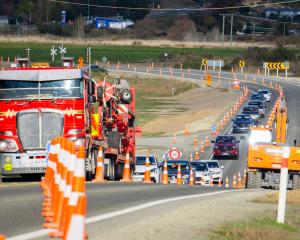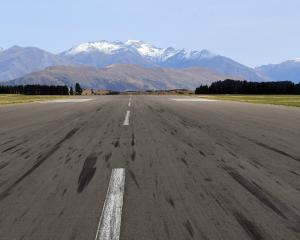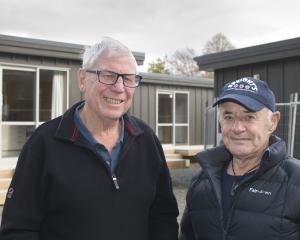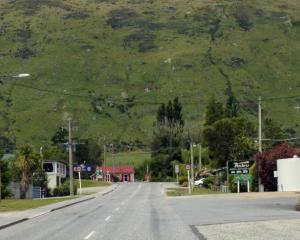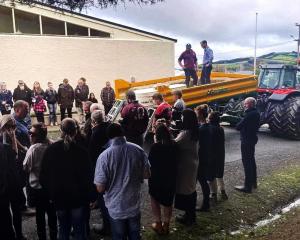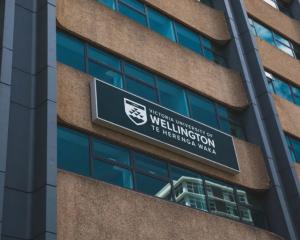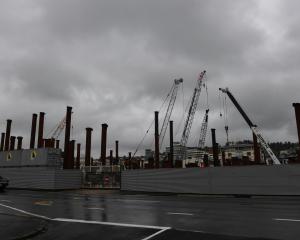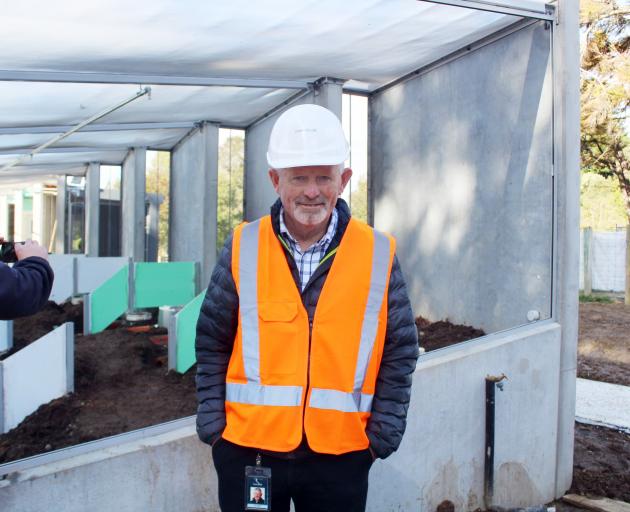
Behind the security gates and fences that surround the old Southland Museum and Art Gallery, contractors and workers are digging up old pavers, salvaging bricks and recycling tin from used cladding.
There is also construction under way and the tuatara enclosure is quickly taking shape.
Demolition of the old Southland Museum and Art Gallery/Te niho o te Taniwha on Gala St started on Monday with workers reusing building materials and repurposing the landscaping as part of Project 1225.
The project is about building a new museum, storage facility and tuatara enclosure for Invercargill and Southland.
Invercargill Mayor Nobby Clark and staff gave a brief tour of the future facility this week and an update on how things are tracking.
"The demolition guys started their work and everything is on track," Invercargill City Council programme director Lee Butcher said.
"Our goal is to achieve a green star and that is to meet a list of performance measures from sustainability to energy use and the design of the building," he said.
To achieve a green star for a museum would be a first for New Zealand as the performance measure was internationally recognised and a hallmark of sustainability, he said.
Mr Clark was bullish about the project, and had only good news about it.
The council was confident the project was on budget and on time and that if they were to face any challenges they were prepared because of good planning.
"In my lifetime the biggest project is the ICL and this one."
The ICL was the redevelopment of the central business district in Invercargill which transformed the inner city with new shops and entertainment options.
"The ICL cost $175 million, it came in on budget and on time. Very few councils have done that," Mr Clark said.
The goal to complete the tuatara project this year was set only a year ago. Work is expected to be nearly finished in a matter of weeks.
"There is no other facility like this in New Zealand."
The council used the guidelines from the tuatara husbandry manual to create an enclosure that will become the benchmark, Mr Butcher said.
They were confident the tuatara enclosure would be ready but would not put a firm date on when the move would happen and the doors would open.
Tuatara are the only surviving members of the order Rhynchocephalia. This order was well represented by many species during the age of the dinosaurs, some 200 million years ago. All species except the tuatara declined and eventually became extinct about 60 million years ago.
By Nina Tapu


